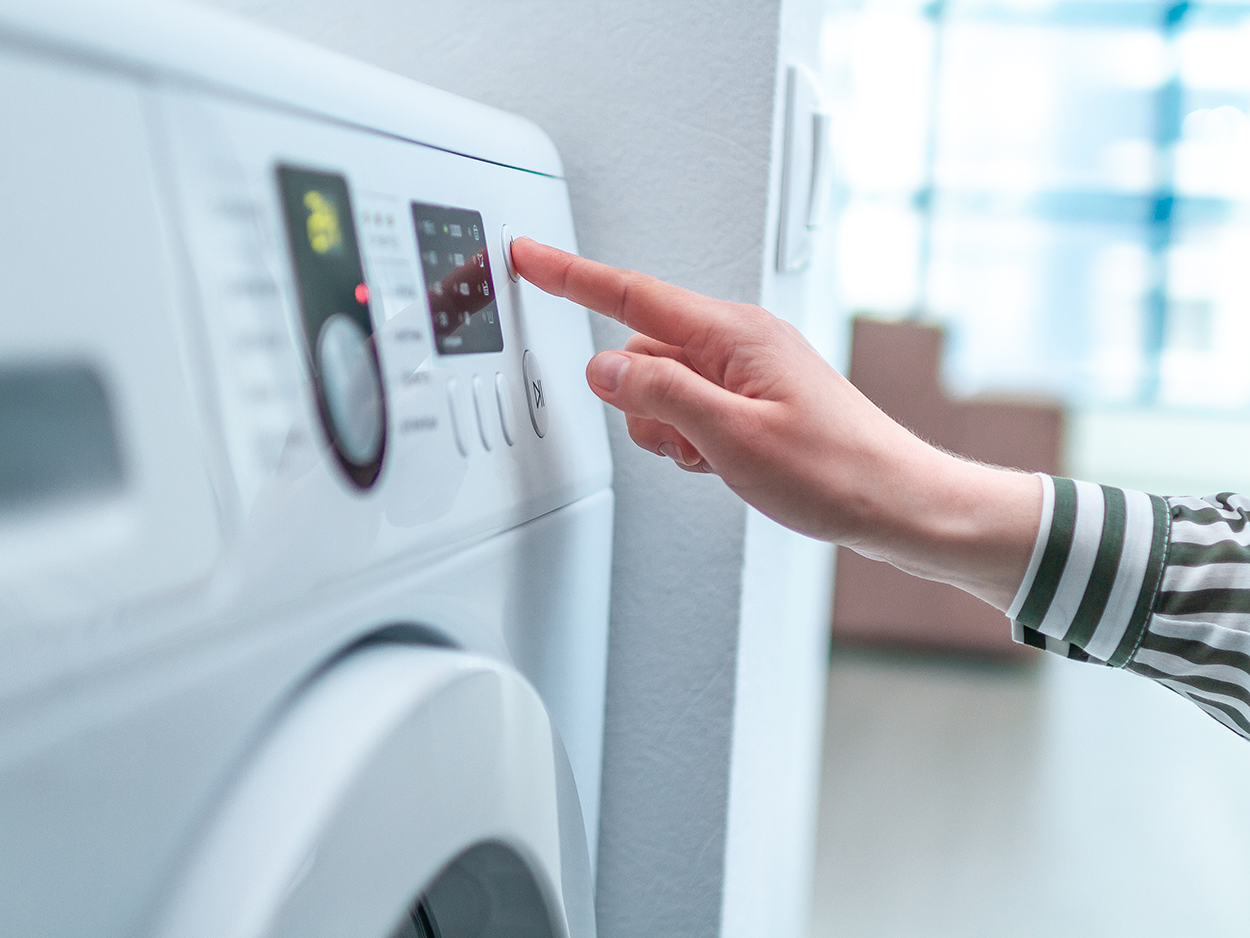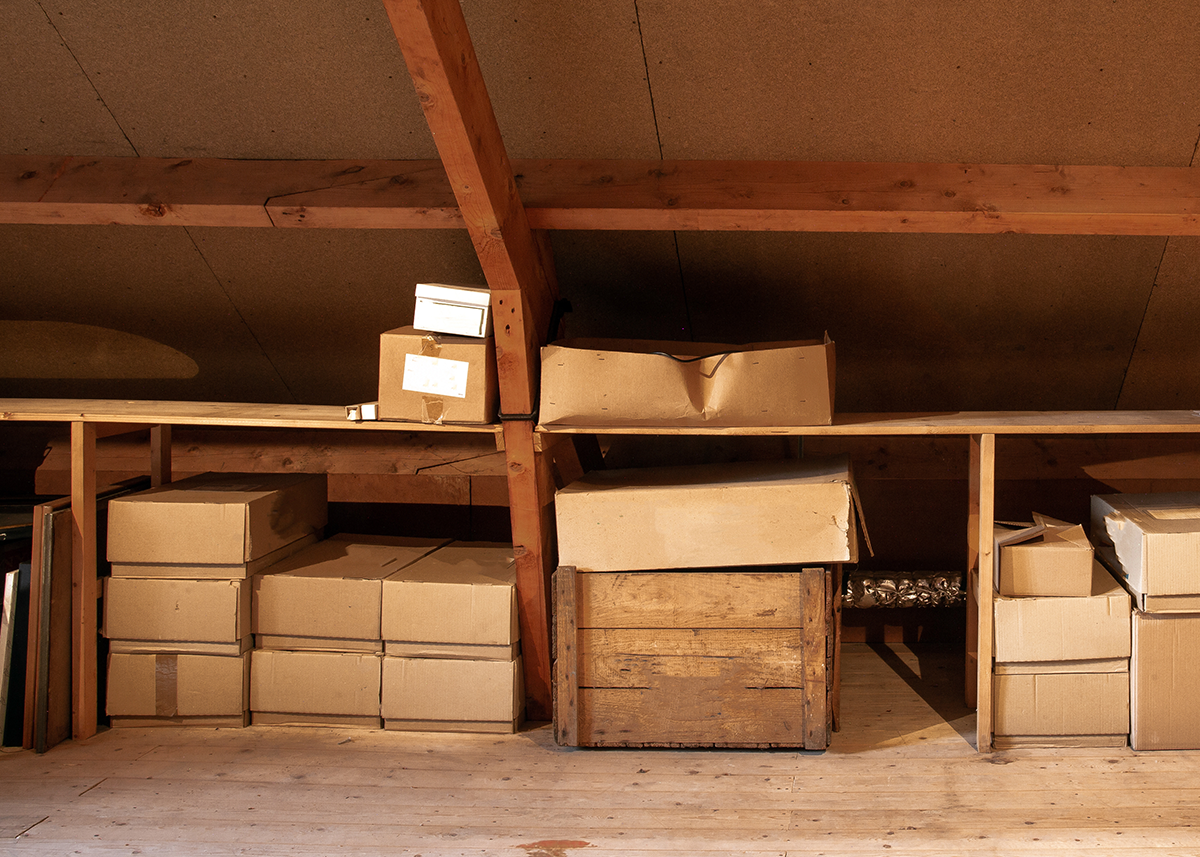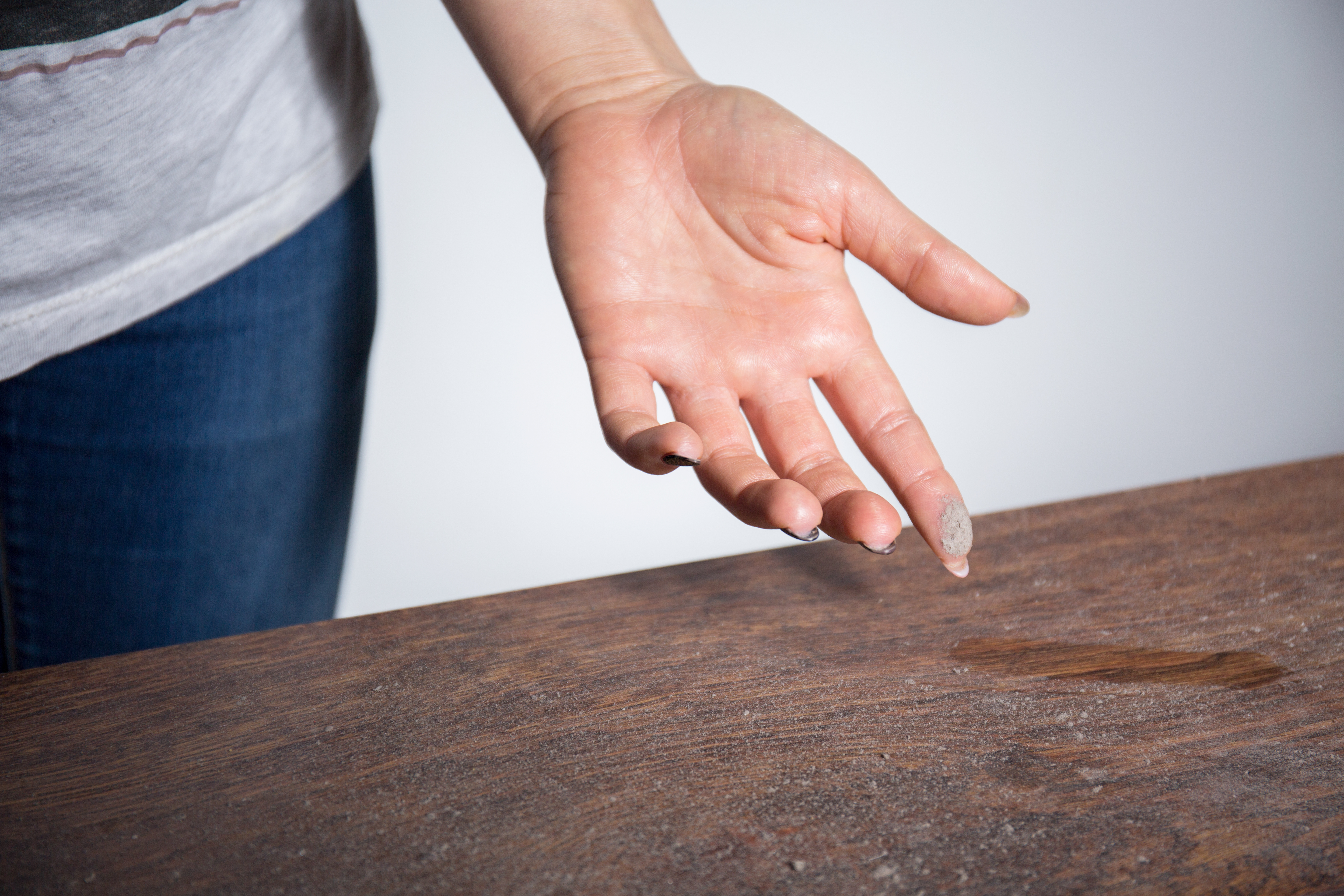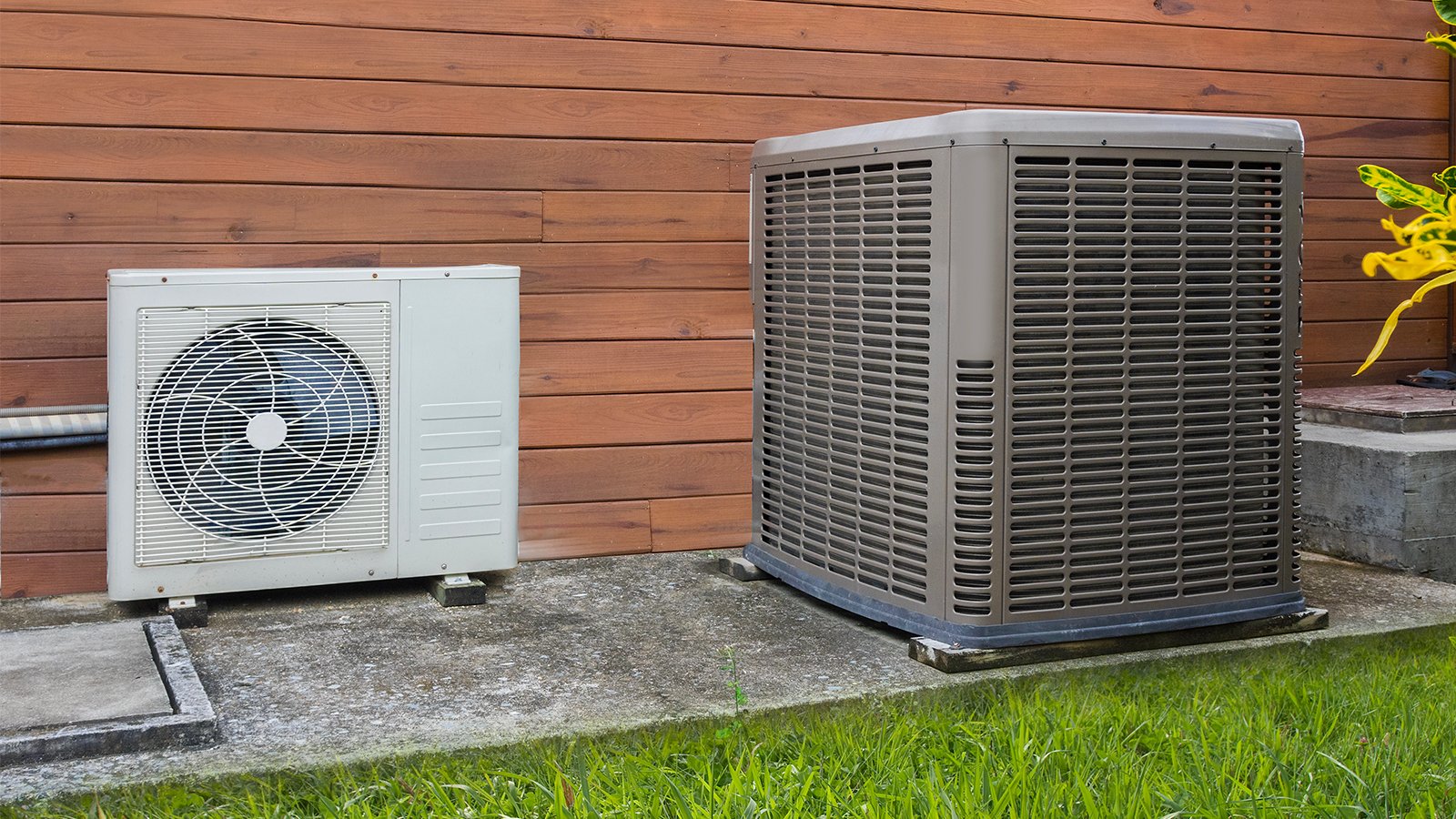 The flowers are in full bloom outside and seasonal allergies can sometimes make it difficult to fully appreciate the warm weather. Dry eyes and itchy throats probably won't stop you from enjoying the outdoors, especially during social-distancing and quarantine. But what do you do when your allergies are still bothering you inside? Here's how you can reduce your allergy symptoms at home.
The flowers are in full bloom outside and seasonal allergies can sometimes make it difficult to fully appreciate the warm weather. Dry eyes and itchy throats probably won't stop you from enjoying the outdoors, especially during social-distancing and quarantine. But what do you do when your allergies are still bothering you inside? Here's how you can reduce your allergy symptoms at home.
1. Reduce Dampness In Your Air
Keeping your air at the proper humidity level can help reduce the growth of unnecessary bacteria, such as mold, that can cause allergies. A dehumidifier can help maintain your homes optimal humidity of 50%.
2. Vacuum Your Home Regularly
Although we might be spending more time outdoors, we are still bringing in dust and pollen from outside into our homes. Be sure to vacuum once or even twice a week to remove dust-mites that cause indoor allergies. Keeping your windows and doors closed and relying on your AC can also help stop pollen from coming inside.
3. Consider An Air Purifying System
For those with severe allergies, an air purifier can help. Indoor air can have up to 5-times the amount of pollutants than outdoor air. An air purifier cleanses your indoor air, improving your overall air quality and getting rid of allergens.
4. Clean Your Bedding
Cleaning your sheets and bedding regularly can prevent allergens from settling into your bedding. Using mattress protecting sheets and plastic furniture covering can also stop dust from building in these areas.
5. Stay In-Control of Pet Dander
If you're a pet lover that suffers from severe seasonal allergies, there are steps you can take to reduce your symptoms. Long-haired pets can bring in pollen from outside in the spring, so frequent bathing or brushing can help. Closing the door to your bedroom can also keep your animal's hair or fur from finding it's way to your vents and becoming air-born.
6. Keep Your HVAC System Maintained
Allergens that enter the vents of your HVAC system can spread in the air of your home. You can stop this from occurring by:
-
- Keeping your filters clean and up-to-date
- Making sure your ducts are clean, dust, and mold-free
- Cleaning around your outdoor unit to prevent pulling unwanted allergens into your home.









